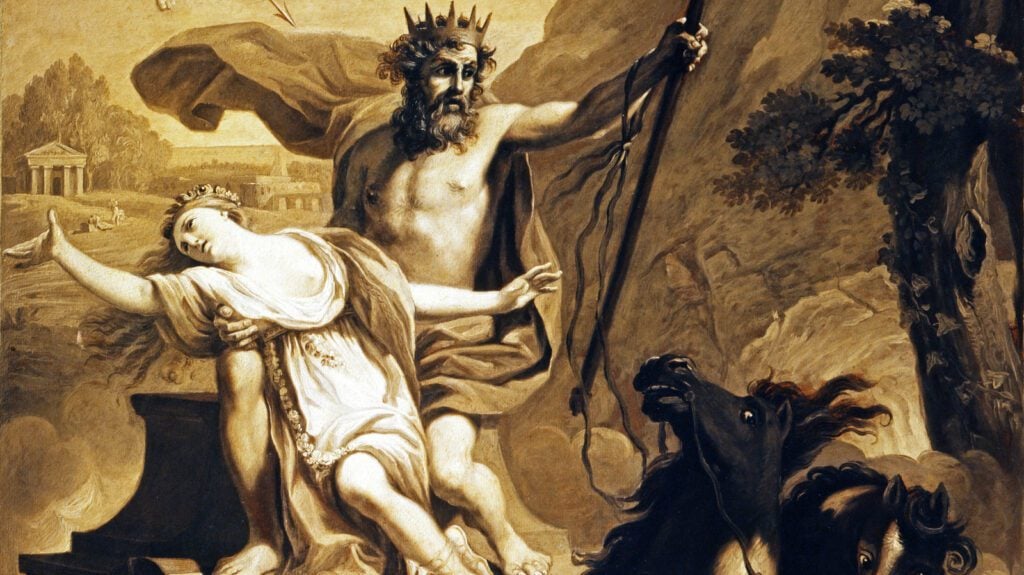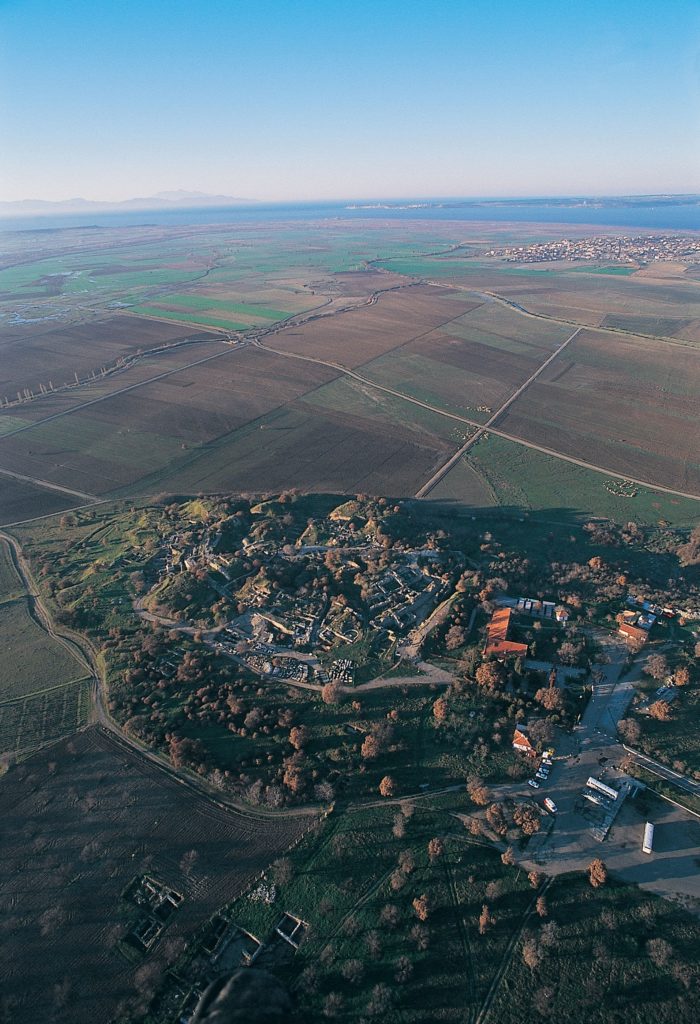What is the Epic Cycle?
Literary masterpieces have been around since the start of the century. Several works from the height of the Greek empire are still ready today. But did you know about the Epic Cycle? The Epic Cycle is a collection of literature about the heroes of the Trojan War. There are twelve epic poems known to man. […]
What is the Epic Cycle? Read More »





